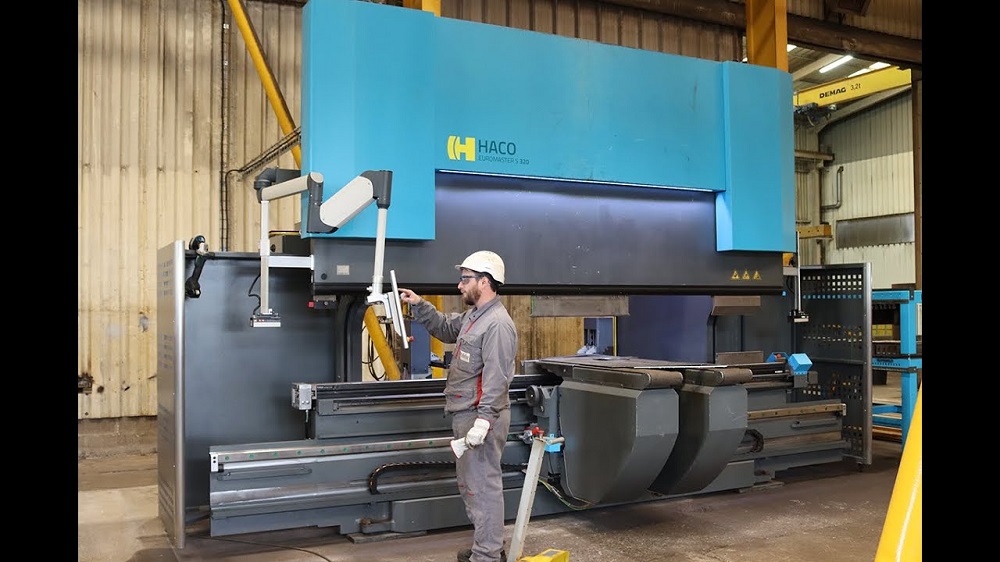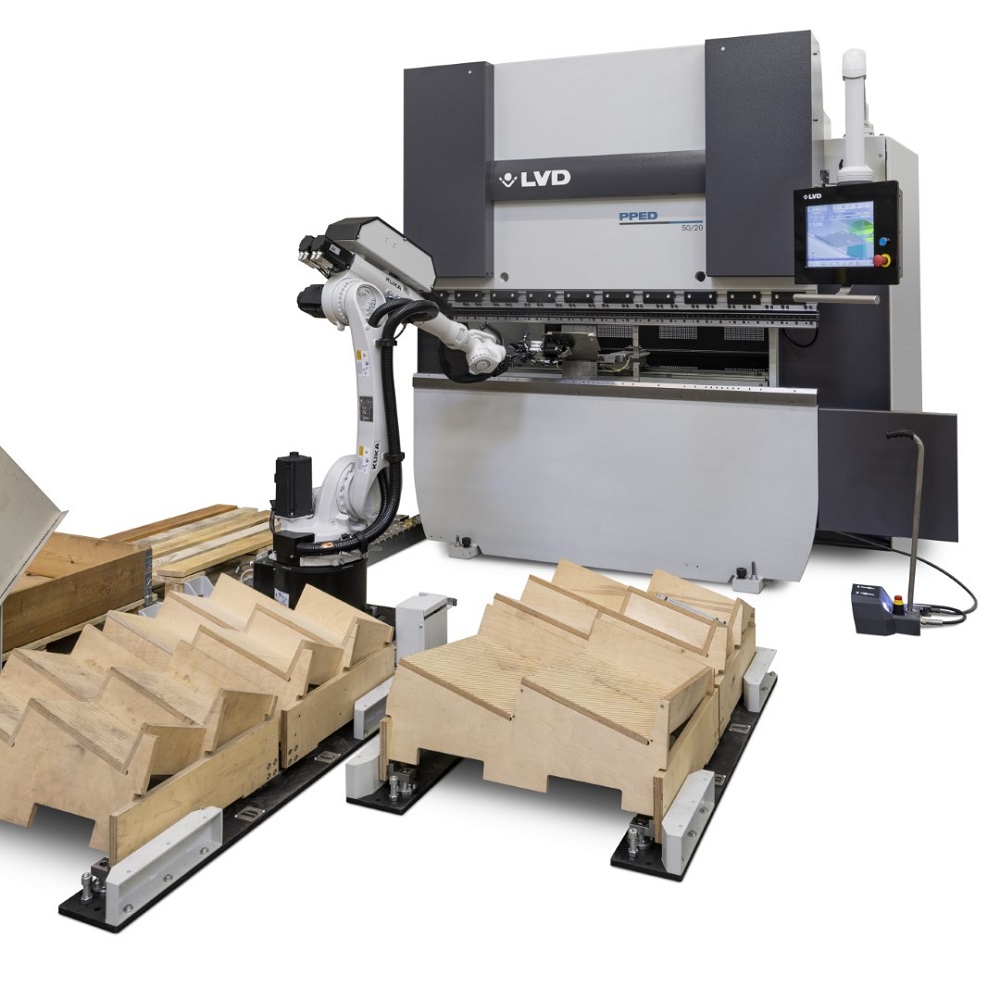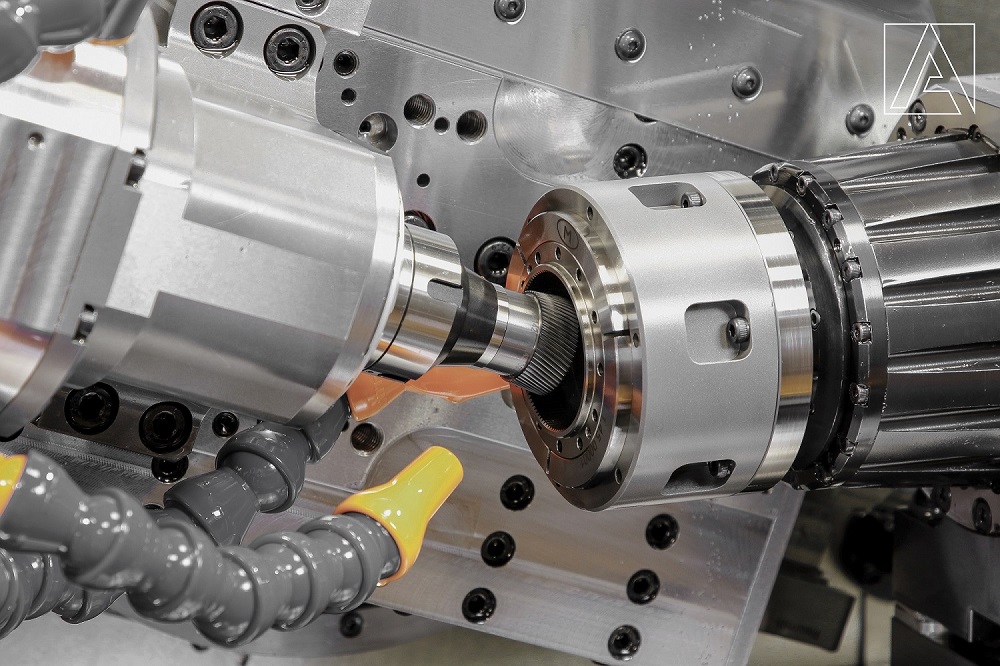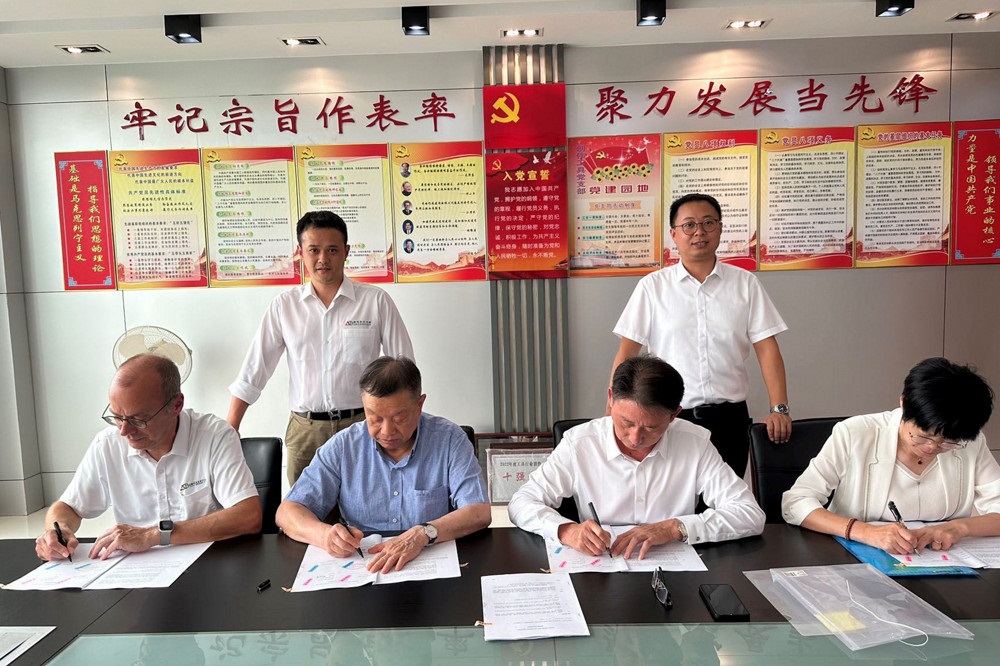Taillefer, located in northern France, specialises in the production of extra-large storage containers such as silos, tanksand pressure vessels, as well as steel structures for concrete plants. Four and a half years ago, Mrand Mrs Condal took over the company, since whenthe workforce has doubled to more than 80. However, the new owners invested not only in additional personnel, but also in advanced machinery for which they turned to Haco.
Mrand Mrs Condalbought two new bending machines and a shear, as well as a second-hand press brake, second-hand shears and a brand new Euromaster-S press brake from Haco. The Euromaster-S features many advanced and high-tech features, such as an angle measuring system, sheet tracking system, automatic Wila tools and a six-axis back gauge.
“Since investing in our Haco folding machinewe’ve been very satisfied,” says Mrs Condal.“We can use the machine for long periodswith consistent quality.”
Production director Kristof Lebouc adds: “The Euromaster is 4 m wide, has a capacity of 320 tonne and features a digital control panel for programming. The machine is very user-friendly and accessible to all.”
The six-axis back gauge allows operators to set axes individually. This permits the company to make parts that are not necessarily rectangular, and facilitates working at an angle. In addition, the press brake features an angle measurement system, which allows Tailleferto produce the pieces directly to the requested angular tolerance.
“With the Fastbend 3D MT, we can program directly on the machine or in the office,” says Lebouc.“In the latter case, the program is sent directly to the machine and the operator only has to import the program.”
For further information www.kingsland.com



















